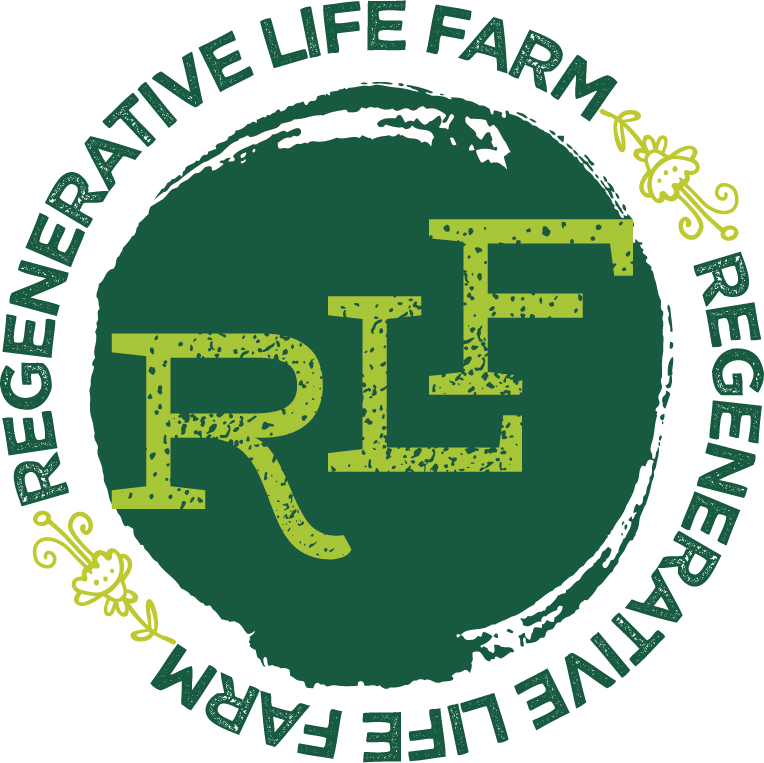Carrots for Queen Anne
This appeared in the July 30, 2020 edition of The Fish Wrap.
Did you know that the beautiful Queen Anne’s Lace growing all over the place is an ancestor of the carrot? You can see their relation in the intricate, lace-like, tiny leaves of carrot greens. And if you’ve ever pulled up a Queen Anne’s Lace plant, you will see the tap root looks and smells a lot like a carrot!
All of our plant food has wild version ancestors that have been domesticated and cultivated by humans. Our ancestors had one question when looking at a new landscape: What can we eat here? If they found something nutritious or tasty, they saved seeds and selected for more of those life-sustaining qualities. Beans, Squash and Maize, the so-called Three Sisters, were first domesticated in Mesoamerica over 5000 years ago and now dominate midwestern agriculture. Domestication can take centuries to complete. Of the three sisters, squash was domesticated first, probably because it had more uses than just food, like gourds for containers.
Queen Anne’s Lace had a long road to becoming the yummy carrot. The wild and early forms of the domesticated carrot were first used as medicine. The taproot, seeds, greens and flowers are all wonderfully cleansing medicine. They support the liver and kidneys especially and have been used for treatment of digestive and lymphatic issues, coughs and congestion and hangovers!
When children visit Regenerative Life Farm, we love pulling a carrot out of the ground and inviting the child to enjoy the sweet taste of a carrot fresh and warm from the soil. That carrot came to our garden through a long journey of humans looking for something tasty to eat. Now you know a bit more about where carrots come from. Now can somebody tell me why folks around here used to call Green Peppers Mangoes?
